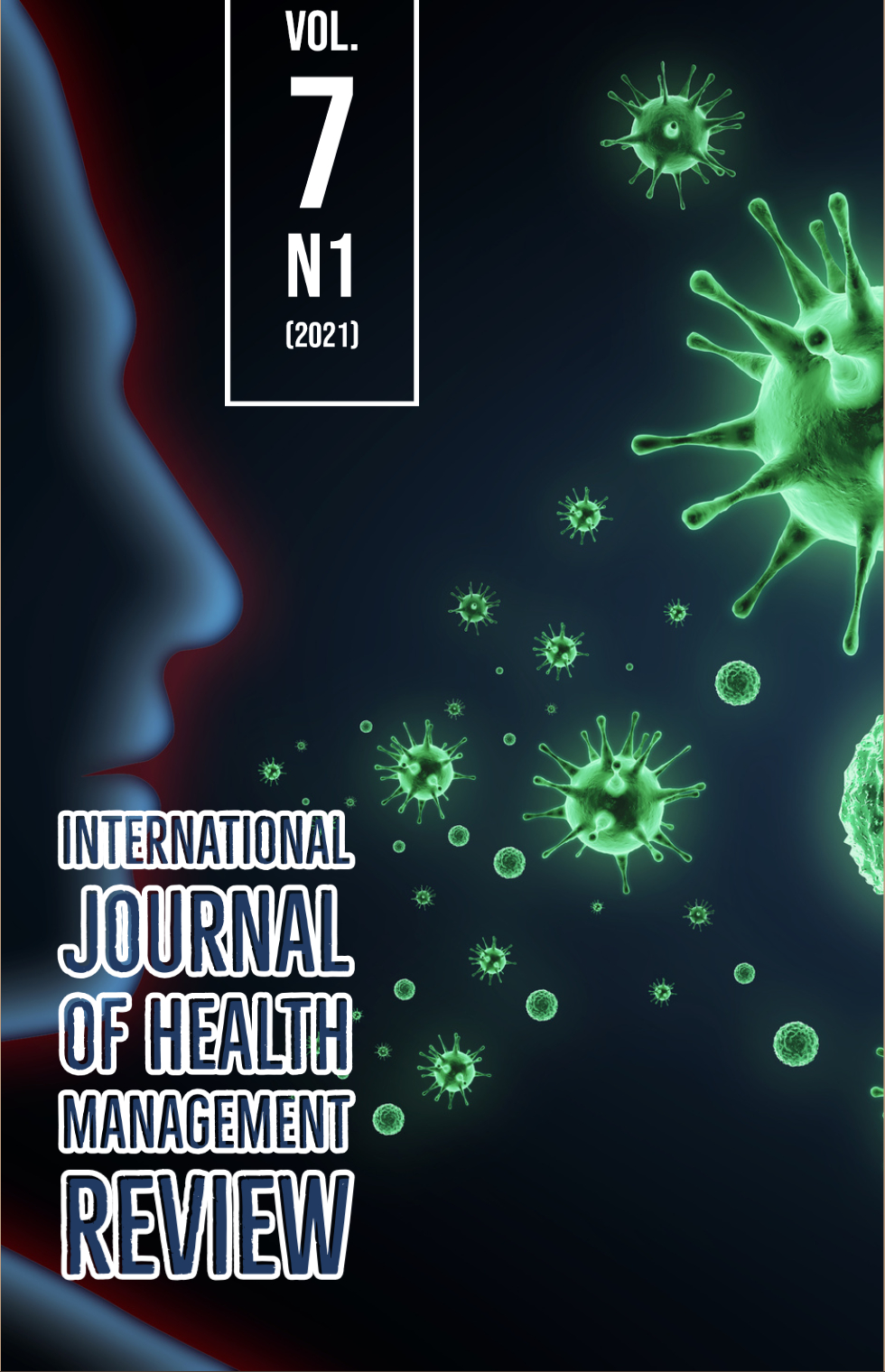Síndrome de lemierre: síntese das principais evidências clínicas
DOI:
https://doi.org/10.37497/ijhmreview.v7i1.230Palavras-chave:
Clínica Médica, Síndrome de Lemierre, Diagnóstico, TratamentoResumo
Introdução: A Síndrome de Lemierre (SL) se origina como uma complicação de infecções bacterianas na orofaringe. A doença apresenta associação com sepse e choque séptico em pacientes jovens e saudáveis, podendo evoluir para óbito se não diagnosticada e tratada rapidamente. Objetivo: Realizar uma revisão da literatura recente buscando sintetizar as principais evidências clínicas relacionadas à Síndrome de Lemierre. Método: A seleção dos trabalhos foi realizada no dia 06 de dezembro de 2020. A base de dados utilizada na busca foi a PUBMED, com o emprego da seguinte estratégia: "lemierre's syndrome"[title]. Dos 17 artigos inicialmente selecionados, um foi eliminado por discutir a SL relacionada especificamente ao trauma, e outro que indicava uma publicação provavelmente retratada pelos autores, que não se encontrava disponível para consulta. Conclusões: O diagnóstico de SL é feito geralmente com o auxílio de tomografia computadorizada cervical ou torácica na identificação de trombos, ressonância magnética na identificação dos trombos venosos, e hemocultura para a identificação dos microrganismos causadores. Sobre o tratamento, embora não existam diretrizes definidas para SL, a administração prolongada de antibióticos intravenosos é essencial, sendo por vezes necessários procedimentos cirúrgicos. A terapia anticoagulante para tratamento dos trombos depende da situação, visto que existem divergências quanto à sua utilidade. Sobre os esquemas farmacoterapêuticos, Fusobacteria necrophorum (FN) geralmente é susceptível à penicilina, clindamicina, metronidazol e cloranfenicol, e sugere-se que seu uso seja realizado em conjunto com um inibidor de beta-lactamase. Já Gemella bergeri (GB) e Eikenella corrodens (EC) foram reativas à meropenem, clindamicina e vancomicina, e Staphylococcus aureus resistente à meticilina (MRSA) foi suscetível à cefazolina (que também pode ser aplicada à FN).
Downloads
Publicado
Como Citar
Edição
Seção
Licença
Autores que publicam nesta revista concordam com os seguintes termos:
O(s) autor(es) autoriza(m) a publicação do texto na da revista;
O(s) autor(es) garantem que a contribuição é original e inédita e que não está em processo de avaliação em outra(s) revista(s);
A revista não se responsabiliza pelas opiniões, idéias e conceitos emitidos nos textos, por serem de inteira responsabilidade de seu(s) autor(es);
É reservado aos editores o direito de proceder a ajustes textuais e de adequação às normas da publicação.
Autores mantém os direitos autorais e concedem à revista o direito de primeira publicação, com o trabalho simultaneamente licenciado sob a Licença Creative Commons Attribution que permite o compartilhamento do trabalho com reconhecimento da autoria e publicação inicial nesta revista.
Autores têm autorização para assumir contratos adicionais separadamente, para distribuição não-exclusiva da versão do trabalho publicada nesta revista (ex.: publicar em repositório institucional ou como capítulo de livro), com reconhecimento de autoria e publicação inicial nesta revista.
Autores têm permissão e são estimulados a publicar e distribuir seu trabalho online (ex.: em repositórios institucionais ou na sua página pessoal) a qualquer ponto antes ou durante o processo editorial, já que isso pode gerar alterações produtivas, bem como aumentar o impacto e a citação do trabalho publicado (Veja O Efeito do Acesso Livre) em http://opcit.eprints.org/oacitation-biblio.html















